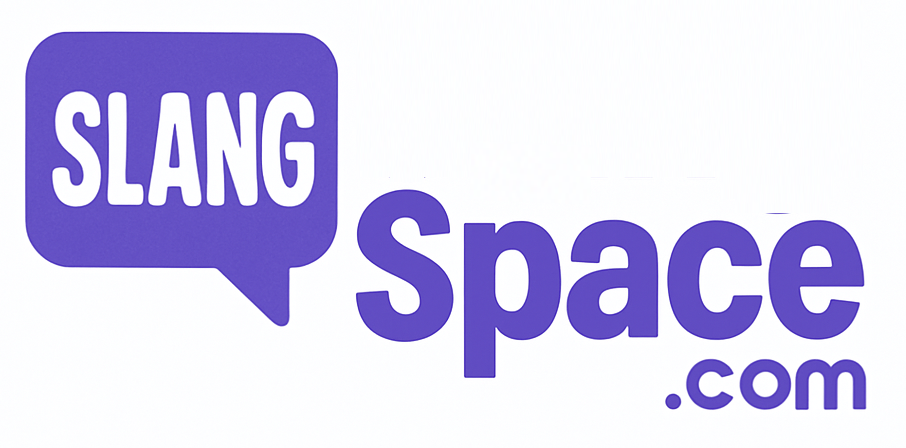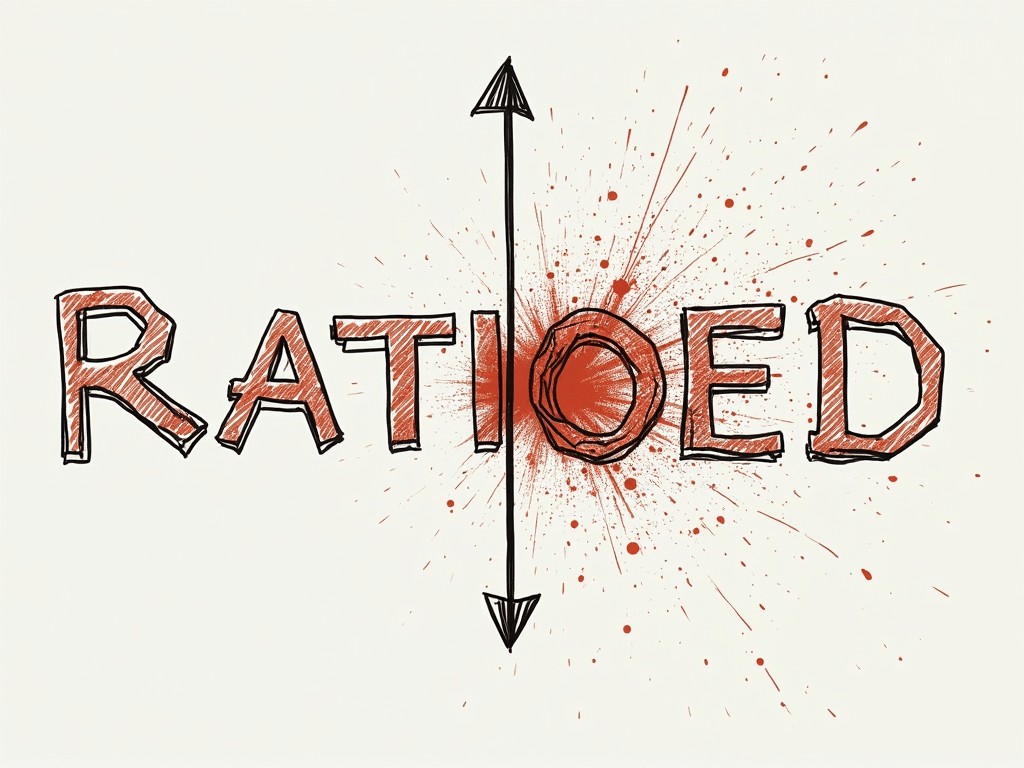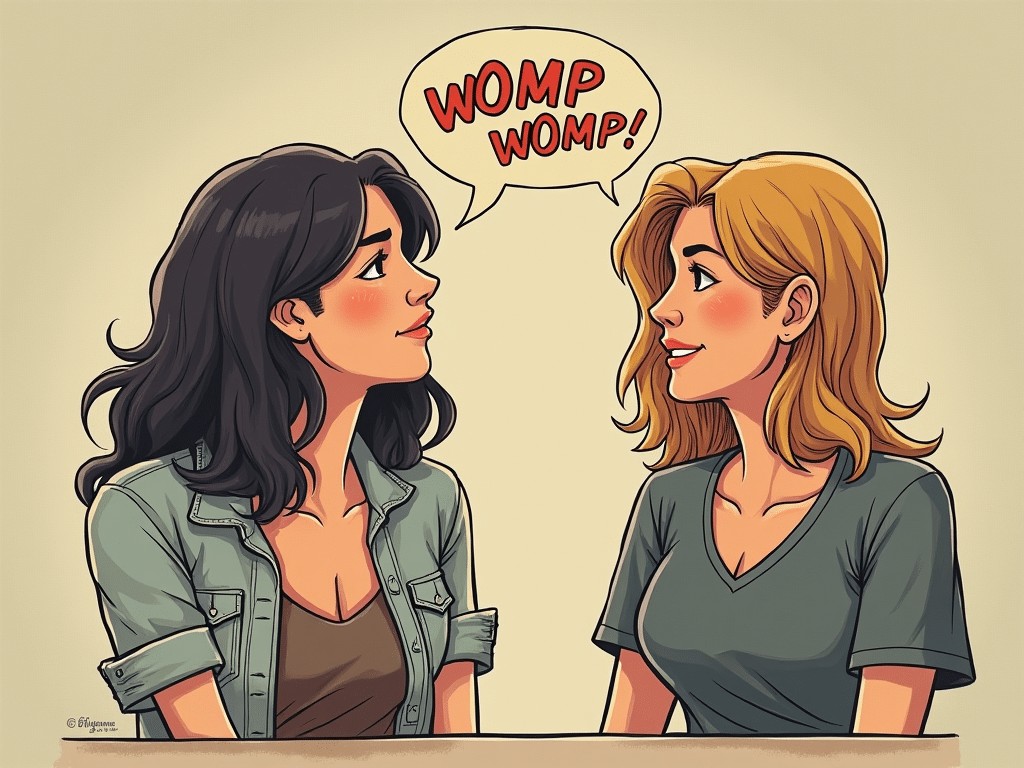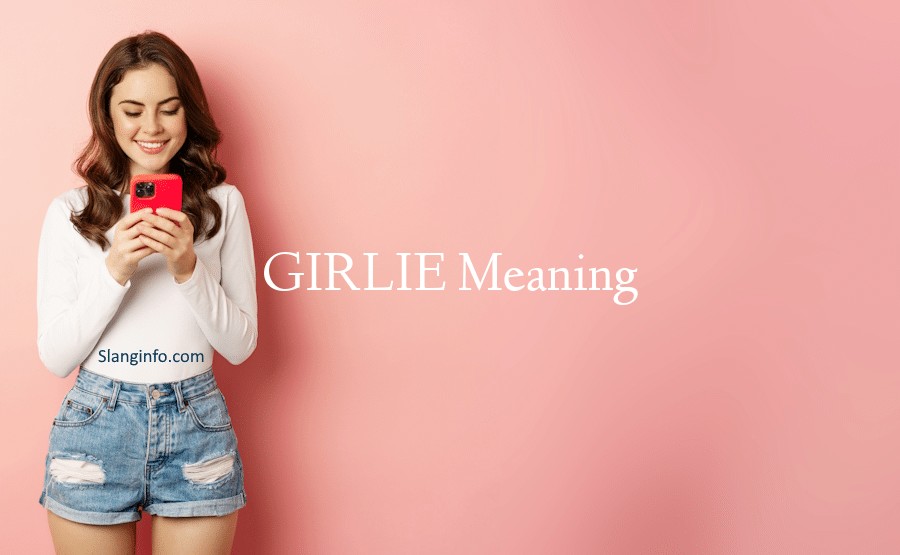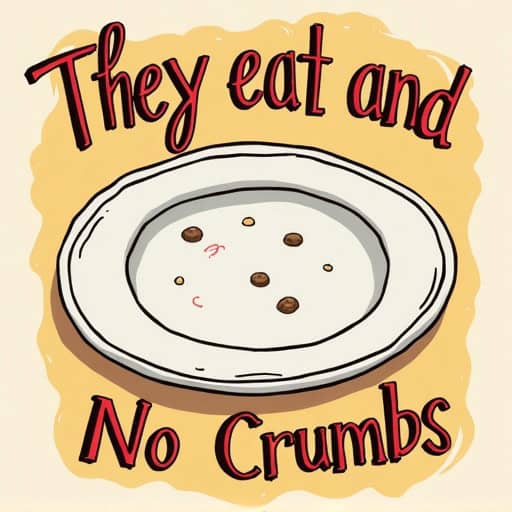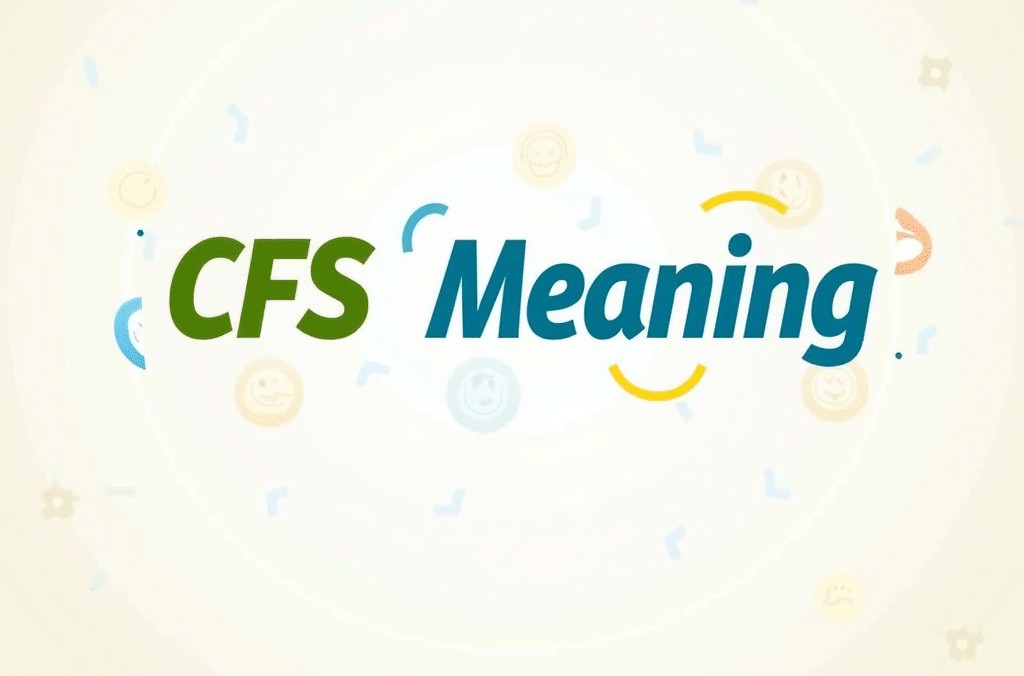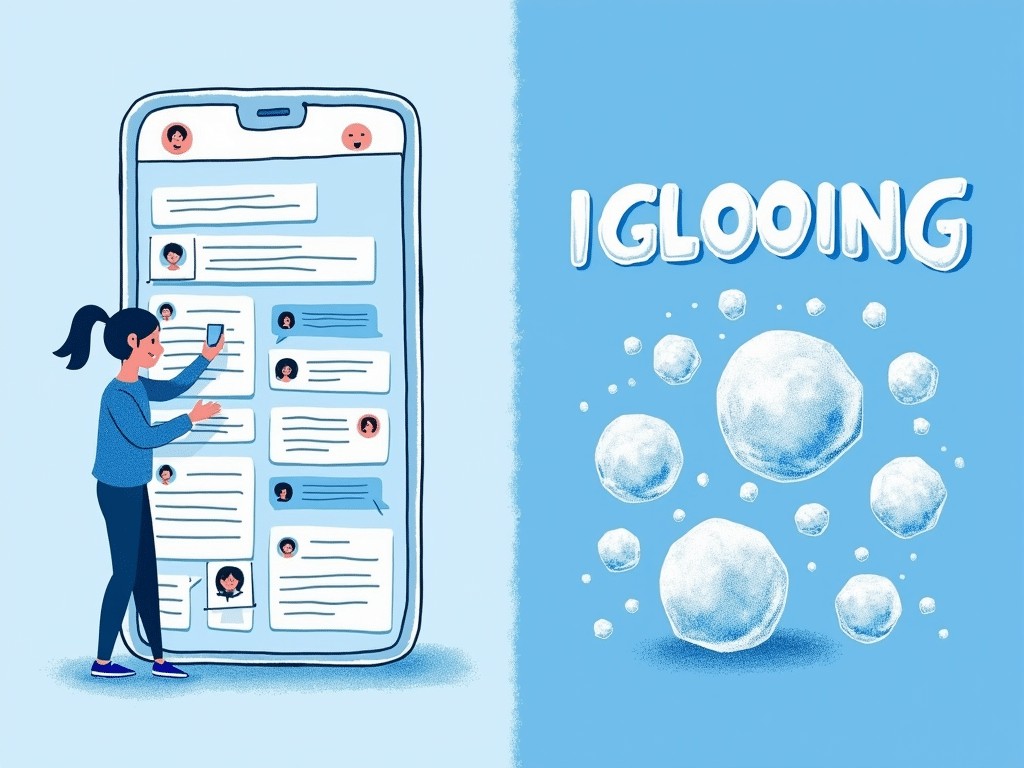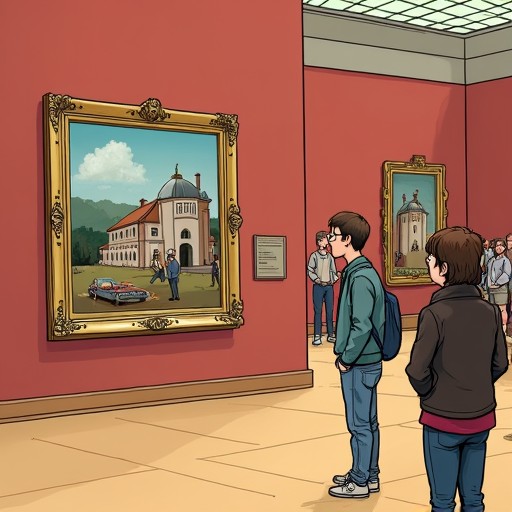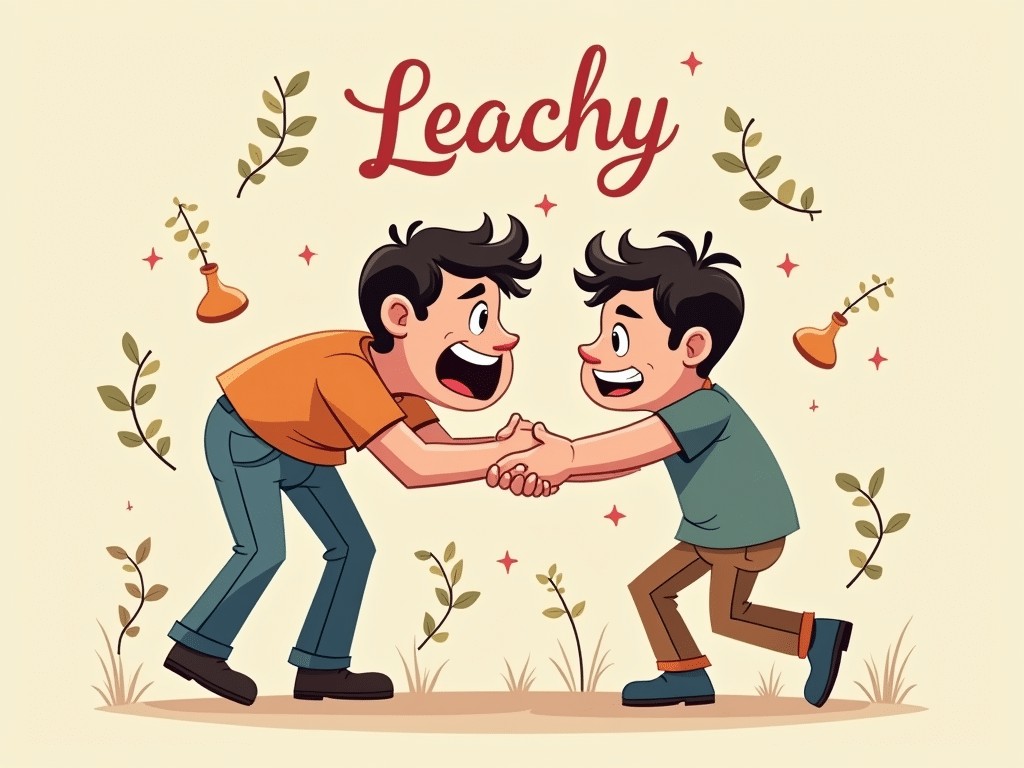Ever caught yourself scrolling through TikTok, laughing at a meme that perfectly encapsulates your lazy weekend vibes? If you’ve come across the term “Goblin Mode,” you’re not alone! This quirky slang has been popping up everywhere—from texts to Twitter, and even in conversations about self-care. So, what’s the deal with this goblin business? Let’s dive in!
What Does “Understanding “Goblin Mode”: Meaning & Usage Explained” Mean?
Full Definition:
“Goblin Mode” refers to a state of being where one embraces laziness, indulgence, and a carefree attitude, often ignoring societal expectations of productivity or personal grooming. It’s about relishing the messy, unfiltered aspects of life, often with a humorous twist.
Common Contexts:
You’ll typically find “Goblin Mode” being used in casual conversations about self-care, burnout, or even as a funny way to excuse a lazy day. Think of it as embracing your inner goblin when you decide to skip the gym and binge-watch your favorite show instead.
Alternate Spellings or Forms:
While “Goblin Mode” is the go-to phrase, you might occasionally see it written as “goblinmode” on social media.
How It’s Pronounced:
Say it like this: “gob-lin mode.”
Typical Tone:
The term usually carries a light-hearted, ironic tone, perfect for sharing a laugh about procrastination or self-acceptance.

Origin and Evolution
When It Became Popular:
The term gained traction around 2021, surfacing as people started to openly discuss their struggles with productivity and self-care during lockdown periods.
Platforms or Subcultures:
Initially popular on Twitter and TikTok, “Goblin Mode” has spread across various platforms as a relatable meme, especially among younger audiences.
How It Evolved Over Time:
Originally a humorous way to discuss lazy habits, it has transformed into a badge of honor for those embracing authenticity and rejecting societal pressures.
Modern Usage and Examples
1. Sincere
“After a long week, I’m definitely in Goblin Mode today.”
2. Sarcastic
“Look at me, all dressed up. Just kidding, I’m in full Goblin Mode.”
3. Ironic
“Who needs a skincare routine when you can just embrace Goblin Mode?”
4. Playful
“I thought about going out—but then I remembered Goblin Mode exists.”
Who Uses It?
Demographics:
Primarily, Gen Z and Millennials are the main users of “Goblin Mode,” as they resonate with the carefree attitude it embodies.
Platforms:
You’ll find it predominantly on TikTok, Instagram, and Twitter, where the younger crowd shares their relatable experiences.
Niche Groups:
Influencers, gamers, and beauty creators often use it in a light-hearted manner to connect with their audience about self-care and life’s little messes.
Example Sentences
1. “Every Sunday is a Goblin Mode day for me—pajamas all day and no regrets!”
2. “I planned to be productive, but then I went full Goblin Mode instead.”
3. “Embracing my Goblin Mode is the best decision I’ve made this week.”
Similar Slang Terms
1. Adulting: Taking on responsibilities that come with being an adult.
2. Vibe Check: A quick assessment of the mood or atmosphere.
3. FOMO (Fear of Missing Out): Anxiety over missing experiences that others are enjoying.
4. Simp: Someone who shows excessive sympathy or attention toward someone else.
5. Ghosting: Suddenly cutting off communication with someone without explanation.
Pop Culture, Memes, and Trends
Memes:
Goblin Mode has inspired countless memes that depict relatable scenarios of laziness, often featuring cartoonish goblins or humorous captions.
TikTok Trends:
You’ll find TikTok challenges where users showcase their “Goblin Mode” routines, featuring messy hair and cozy outfits.
Celebrity Content:
Celebrities sometimes refer to Goblin Mode in interviews or posts, embracing the humor of everyday life.
Twitter/X Jokes/Instagram Captions:
The term is often used in witty tweets and Instagram captions, poking fun at the struggle to balance productivity with relaxation.
Is “Understanding “Goblin Mode”: Meaning & Usage Explained” Safe to Use?
In general, “Goblin Mode” is casual and light-hearted. It’s safe for most conversations, but it might not be suitable for formal settings or discussions where professionalism is expected.
Why It’s Popular
Relatability:
In a fast-paced world, many find comfort in the idea of embracing one’s flaws and laziness.
Humor:
The humor in self-deprecation and acceptance resonates with a wide audience, making it a fun term to use.
Cultural Trends:
As mental health discussions become more prevalent, the acceptance of taking breaks and being “messy” has gained more ground.
Emotional Appeal:
The term captures a sense of freedom and authenticity, allowing people to feel good about taking time for themselves.
So there you have it! Goblin Mode” is more than just a slang term; it’s a humorous reminder to embrace your imperfections. Next time you find yourself lounging in your PJs, don’t forget to own your Goblin Mode! Keep exploring the world of slang; you never know what you might discover next!
